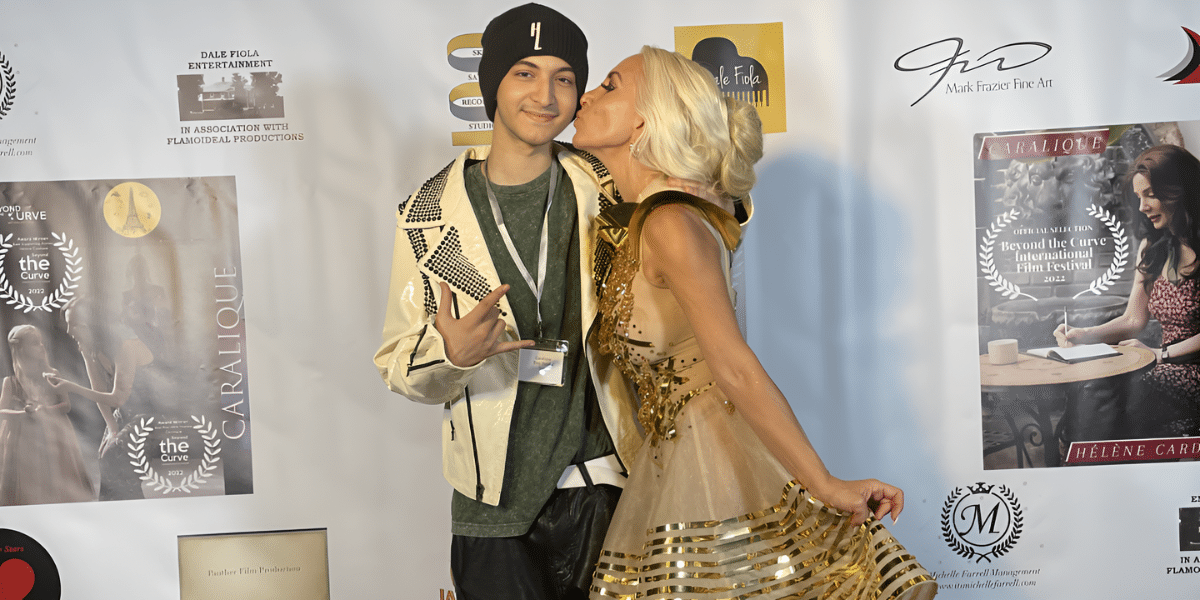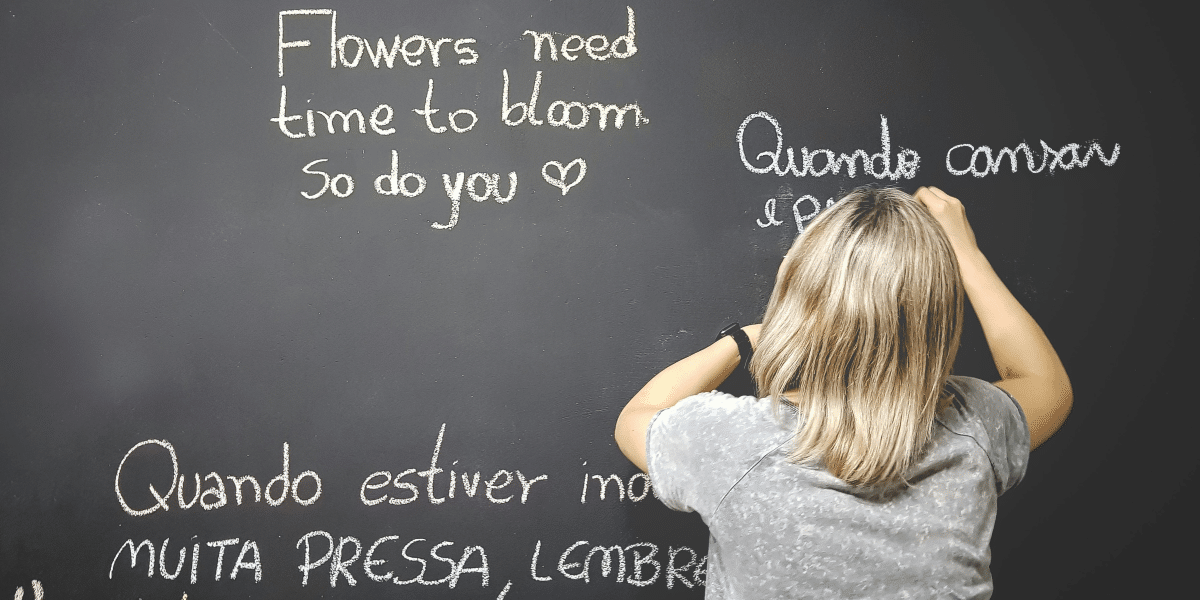Following a post-covid draught, staying up on cocktail trends has become far more important than ever. Youthful people’s culture is dominated by art and futurism. Thus unimaginative and unappealing beverages couldn’t compete and failed to engage a young audience. Cocktail trends, like fashion, come and go and occasionally even return. This year has seen not just new flavors flood bars around the country but also a variety of mixing methods and preferences among drinkers. The term “cocktail” currently refers to any mixed drink, although it was previously a single drink or a single drink recipe. “Cock tail, then, is a stimulating beverage, made of alcohol of any type, sugar, water, and bitters,” stated The Balance and Columbian Repository in 1806.
From the smashes and slingflips of the nineteenth century to today’s mocktails, the only constant is refreshment.
Bartender mascot Luca Missaglia and Simone Caporale founder of Sips, one of the World’s 50 Best Bars in Barcelona, introduced The Art of Shaking. The new platform is the first independent web tool devoted to methods for creating and maintaining cocktail menus.
For the experienced bartenders
When discussing methods, The Art of Shaking won’t show how to shake a cocktail or create a Mojito because that information is publicly available online for free. The information it generates is of the highest caliber, including new ways for manipulating flavors and allowing bartenders to build their own beverages and menus thinking out of the box. The professional films were shot at Caporale’s Sips and backed by significant bar industry leaders like Alex Kratena, Agostino Perrone, Salvatore Calabrese, and Giorgio Bargiani.
The path to creating own cocktail menus
The Art of Shaking isn’t about teaching bartenders making cocktails. The strength lies within unforgettable cocktail experiences that allow the users to fuel their creativity when It comes to liquid ideas. Individual cocktail makers will take it up. Still, larger organizations are constantly battling to find new material for their concept menus, and this platform can undoubtedly provide them with enough ideas to differentiate their offering.
How does a cocktail differ from other drinks?
The inclusion of bitters distinguished a cocktail from other beverages of the time. The water in the drink nowadays is in the form of ice, which was not as popular in beverages in 1806 as it is now. People made cocktails with any base alcohol they could find. As people substituted the sugar with liqueurs like absinthe or maraschino and added garnishes like lemon peel, mint, and berries, the drink became popular, and numerous spin-offs were created. Classicists soon began ordering cocktails the old-fashioned way: with only sugar, water, spirit, and bitters.
Blending the flavors to perfection
The Art of Shaking focuses on expertly displaying the many opportunities for choosing, blending, and extracting flavors to perfection so one can confidently shake, stir, serve, and garnish. In addition, it provides practical insights into everything required to make a world-class cocktail in either kitchen/yurt/campervan – all that is needed is a glass, ice, and perhaps a dash of soda water.
Training the staff even more effortlessly
Brands are able to profit from The Art of Shaking because they can share it with consumers and bartenders all around the World, and venues can use it to teach their staff even more simply, at their own speed, instead of engaging a consultant. Before the epidemic, Caporale informed Drinks International that he would offer 45 masterclasses per year, training up to 5,000 bartenders. They may now watch high-definition, on-demand entertainment instead of shooting it on their phone.
The content needs to be more accessible, So having it accessible via the phone, iPad, or laptop is ideal for bartenders. The Art of Shaking has worked on this concept for two years, and seeing it all come together is fantastic.
Becoming a bartender
It’s a bad strategy for many, one of the few things a bartender may look back on with regret. One must handle the rejection like an adult, realize what they need to do, and enter the business sooner rather than wasting three and a half years fantasizing about tending the bar.
A never-ending journey
The Art of Shaking initially released three courses: Cocktail Menu, Cocktail Development, and Bar Techniques, with subscribers able to pick between a premium or all-inclusive plan based on their requirements. The Art of Shaking looks forward to generating more and more content when new cutting-edge techniques emerge that it wishes to share and that is worth paying for.
The legend of Simone Caporale and Luca Missaglia
Simone Caporale has received several honors. He has been named “World’s Best Bartender” multiple times and was part of the team that led the Artesian Bar in London to the title of “World’s Best Bar.” Simone has been involved in the conception, development, and strategy of Amaro Santoni since the very first day before the product was ready. This liquid was created with the requirements of cocktail makers, bartenders, and home cocktail makers in mind.
Luca Missaglia, a managing partner at Amaro Santoni, is well-known in the drinks, and hospitality, industries. He naturally influences the spirits drinks sectors helping brands to trace their growth and expansion globally in the On-trade and Off-trade segments. Luca is internationally recognized as a spirits Connoisseur and renowned speaker. In 2021, he co-founded Cocktail Concierge, a spirits brand-building agency with Simone Caporale.
Caporale and Missaglia both have substantial product development experience in the beverage business. Cocktail Concierge and its world-class staff provide a single point of contact for spirits clients and can work with a brand from conception to completion. This can include developing the liquid and packaging production; budgets; asset creation; brand strategy; global marketing and commercial strategy planning; route to market; launch; brand management; sales and brand-building activations; increasing brand awareness and visibility through press and awards; and furthering the brand’s growth through advocates, events, and limited-edition assets.










